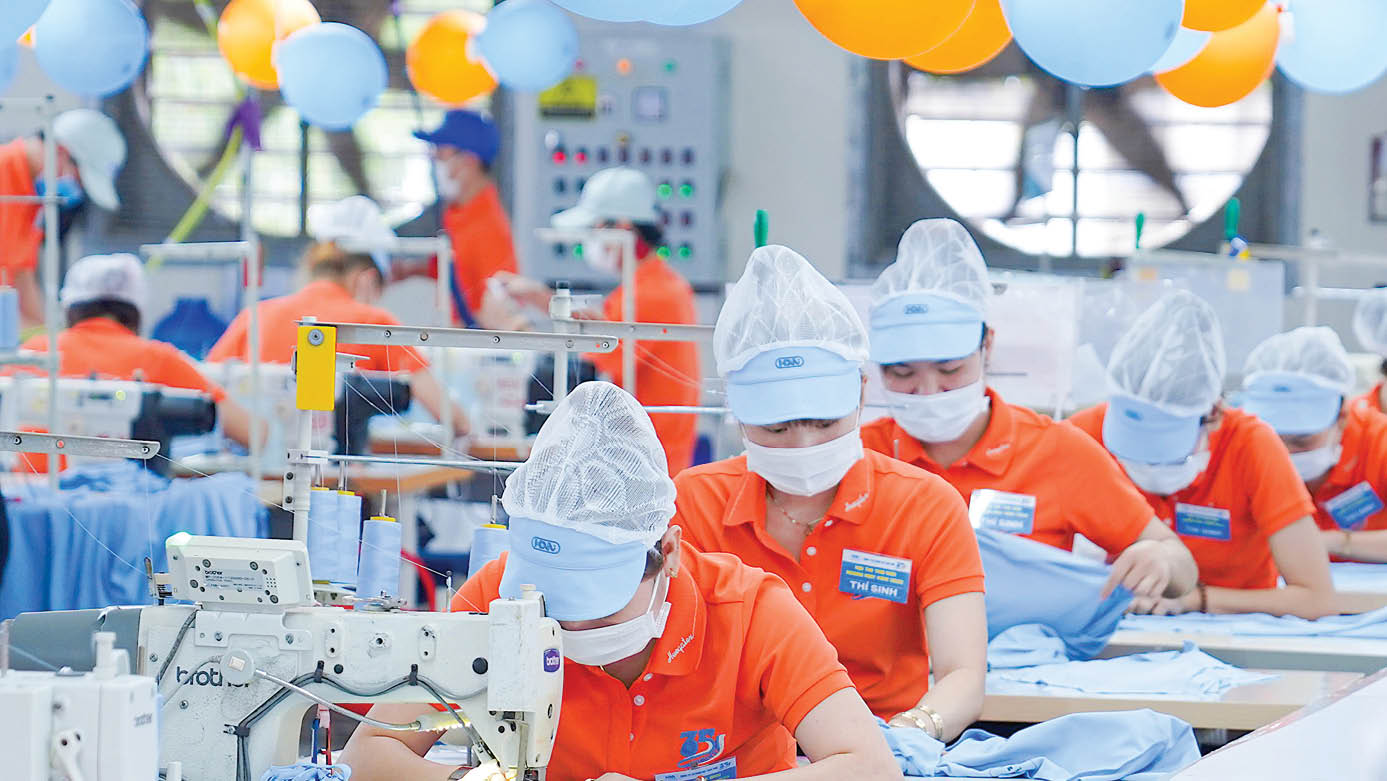 |
| Workers of Hue Textile and Garment Joint Stock Company produce export orders. |
Businesses and governments join forces
Over the years, the textile and garment industry has always played a leading role in the export sector, which partly reflects the dynamism of enterprises.
At Hue Textile and Garment Joint Stock Company, revenue in the period 2020 - 2025 increased by an average of 11.6% per year, maintaining export turnover at 108 million USD. This company also boldly invested in a smart three-storey factory model, applied green standards and deployed an ERP system for comprehensive management.
“The current export market does not only look at price, but also places emphasis on sustainable development standards. Without digital transformation and green production, it will be difficult to survive. Our biggest motivation is to change management and technology thinking,” said Mr. Nguyen Tien Hau, Deputy General Director of Hue Textile and Garment Joint Stock Company.
If textiles demonstrate the durability of traditional industries, Kim Long Motor Hue opens a completely new direction. In less than two years, this enterprise has signed a contract to export 200 electric buses to Korea, continuing to expand with an order of 3,000 vehicles exported to Thailand each year. This is the first time Hue has exported high-tech industrial electric buses to the international market.
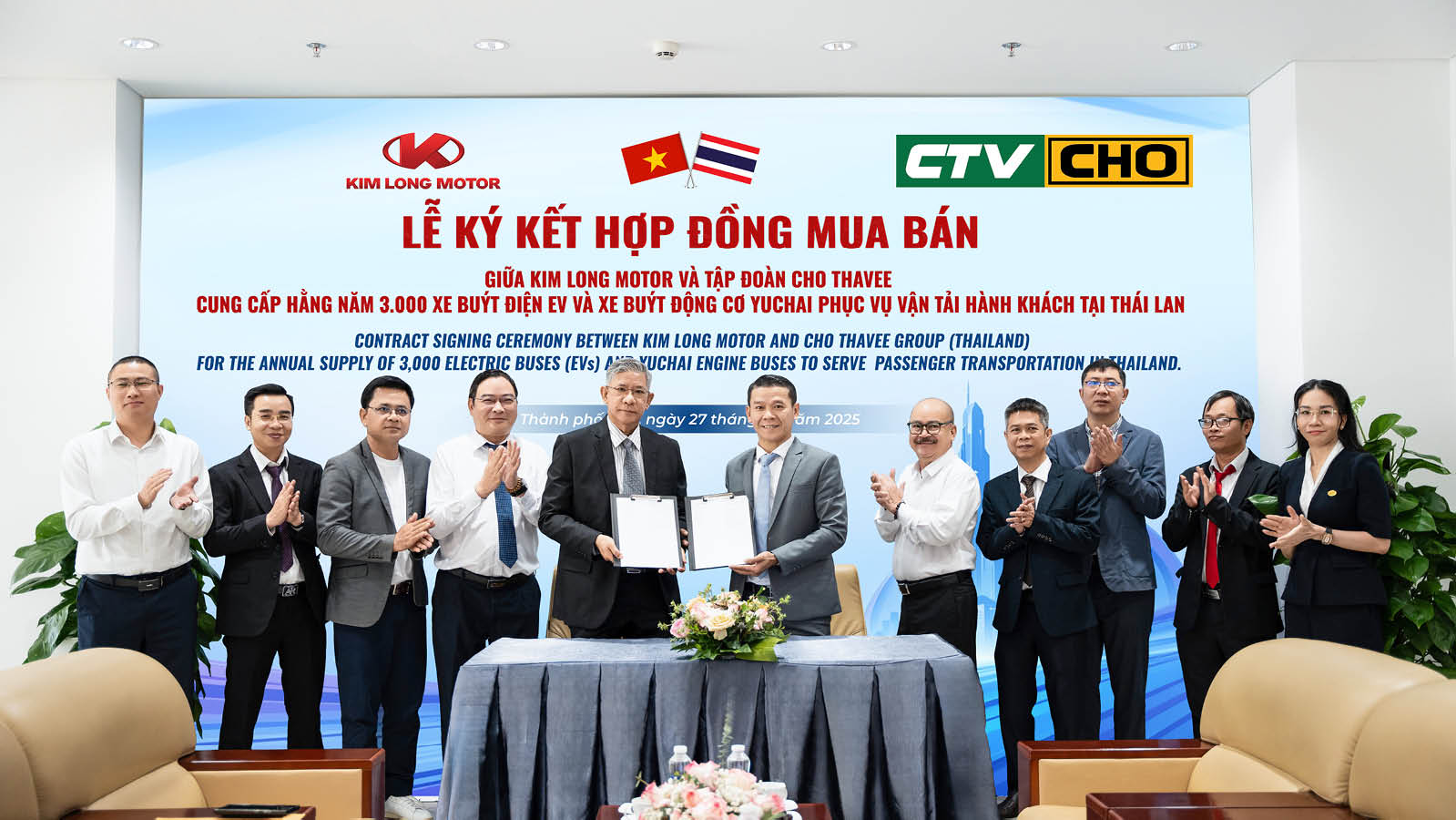 |
| At the signing ceremony of the sales contract between Kim Long Motor Hue and its partners |
At a recent working session with Kim Long Motor Hue, Mr. Nguyen Van Phuong, Deputy Secretary of the City Party Committee and Chairman of the City People's Committee, acknowledged: "Kim Long Motor is not only a business, but also a symbol of Hue's industrialization aspirations. When successful, the business will open up a supporting industry, create jobs, contribute to the budget and affirm Hue's position in the global supply chain."
According to the report of the City People's Committee, in the 835.6 million USD of exports in the first 7 months of the year, the processed industrial goods group accounted for more than 510 million USD, an increase of more than 12%; garments alone reached more than 320 million USD, an increase of more than 20%. Thanks to this momentum, the city's GRDP is among the top in the country.
Along with the efforts of enterprises, the city government also accompanies. Four working groups directly in charge of leaders regularly listen to and handle problems related to land, credit, and customs procedures. Infrastructure serving exports is focused on investment, upgrading, and expansion such as Chan May port, National Highway 49B, logistics warehouse system...
Mr. Nguyen Van Phuong also emphasized: "Behind the growth figures are the efforts of tens of thousands of workers in industrial parks, and the support of the government through each mechanism and policy, to create maximum convenience for businesses to expand production and reach out to the world market."
Innovation for sustainable exports
Hue’s exports in recent years are a testament to a harmonious development model: businesses innovate, the government strongly supports and workers are dedicated. However, besides the bright spots, there are still many concerns.
In the garment sector, many business leaders admit that the lack of skilled workers is a major bottleneck. “Recruiting people is difficult, retaining them is even more difficult. Young workers tend to move away, while vocational training has not kept up with production needs,” said Mr. Nguyen Tien Hau.
For the wood industry, fluctuations in imported raw material prices have increased production costs. Enterprises exporting to the EU also face strict regulations on certificates of origin and environmental standards. Many small and medium enterprises report difficulty in accessing credit capital to invest in technological innovation, while international market demands are increasingly high. Logistics infrastructure has not really met the requirements: Chan May Port is being upgraded but warehouse and maritime transport services are not synchronized, causing enterprises to bear additional transit costs.
To maintain growth momentum in the final months of the year, solutions have been deployed simultaneously. Enterprises have made efforts to restructure, invest in technology and human resources; workers have bonded and shared difficulties to stabilize production. The city has also stepped up trade promotion, expanded markets, organized fairs and conferences to connect domestic and foreign supply and demand. The government has encouraged digital transformation, applied green certificates, and improved governance to access demanding markets. Vocational training has also become an urgent task, closely linking enterprises and vocational training institutions.
Regarding capital, preferential credit packages have been implemented to help businesses have more resources to invest in new equipment and technology. Logistics infrastructure continues to be focused on, from upgrading Chan May port to building bonded warehouses and international transportation services.
Mr. Nguyen Van Phuong emphasized: "Export growth is only sustainable when businesses feel secure in production, the market is expanded and the government truly accompanies them."
Source: https://huengaynay.vn/kinh-te/huong-den-xuat-khau-ben-vung-157405.html







![[Photo] Binh Trieu 1 Bridge has been completed, raised by 1.1m, and will open to traffic at the end of November.](https://vphoto.vietnam.vn/thumb/1200x675/vietnam/resource/IMAGE/2025/10/2/a6549e2a3b5848a1ba76a1ded6141fae)


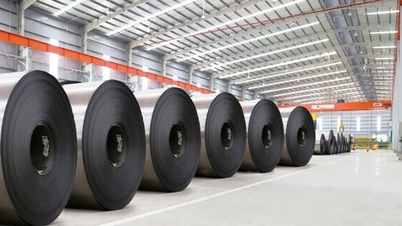

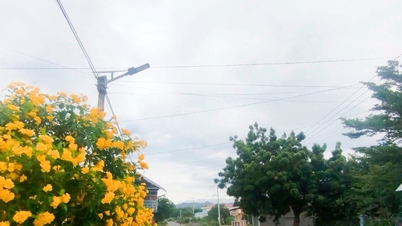


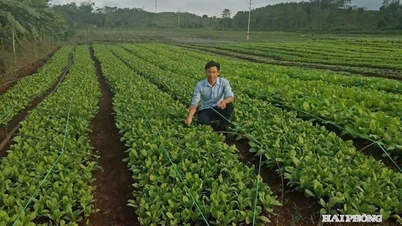

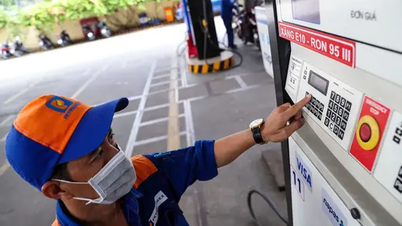

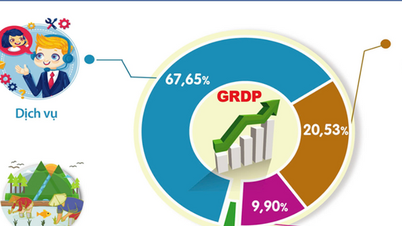

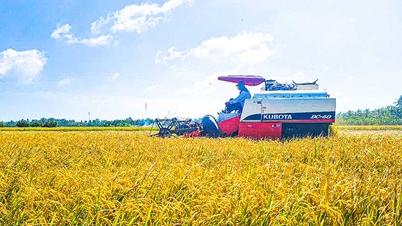

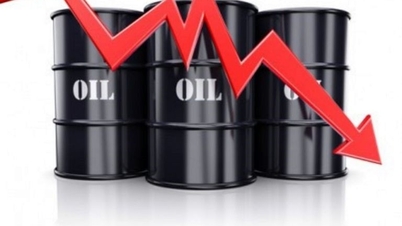

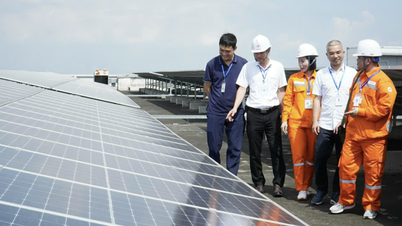
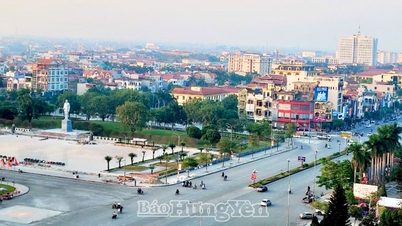





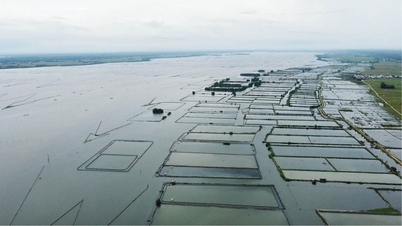
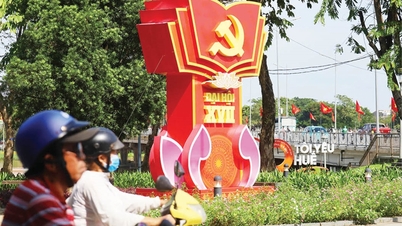
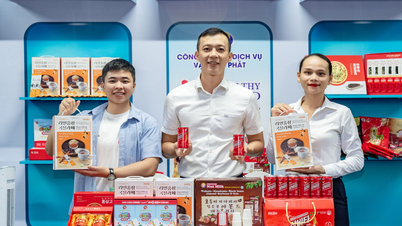
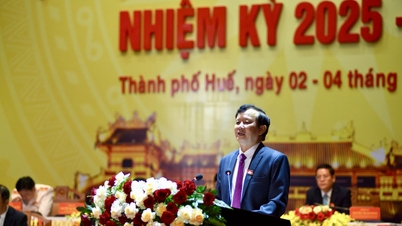
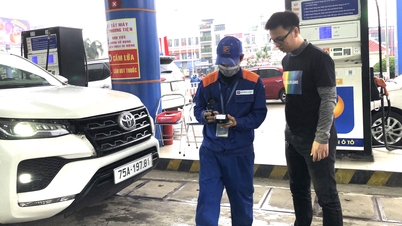
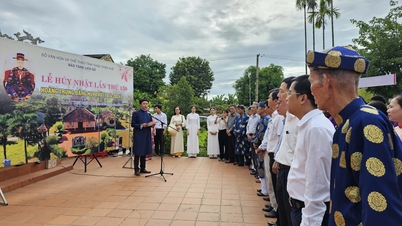

































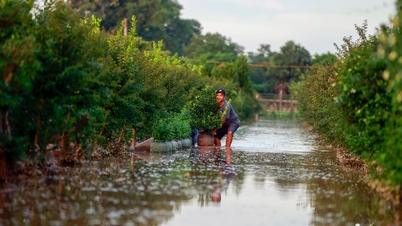
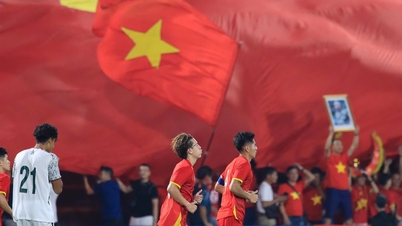



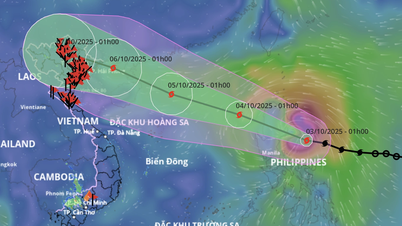
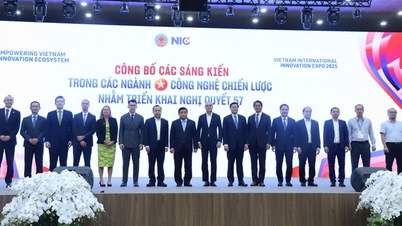

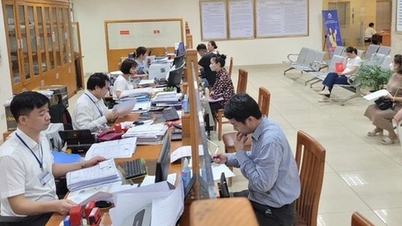
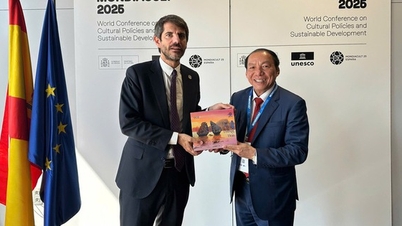
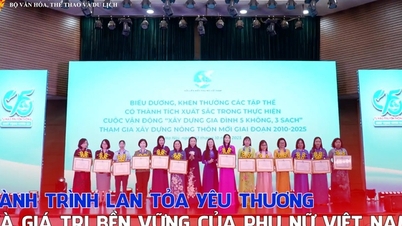


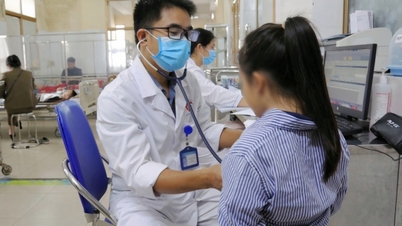

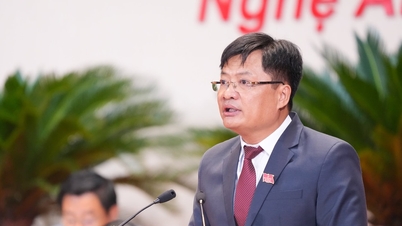

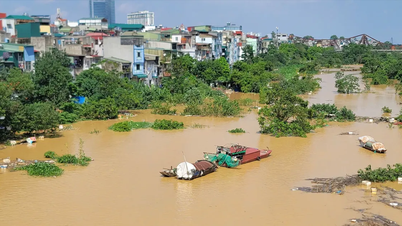

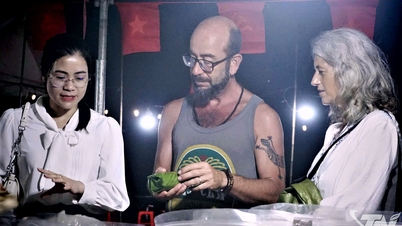















Comment (0)